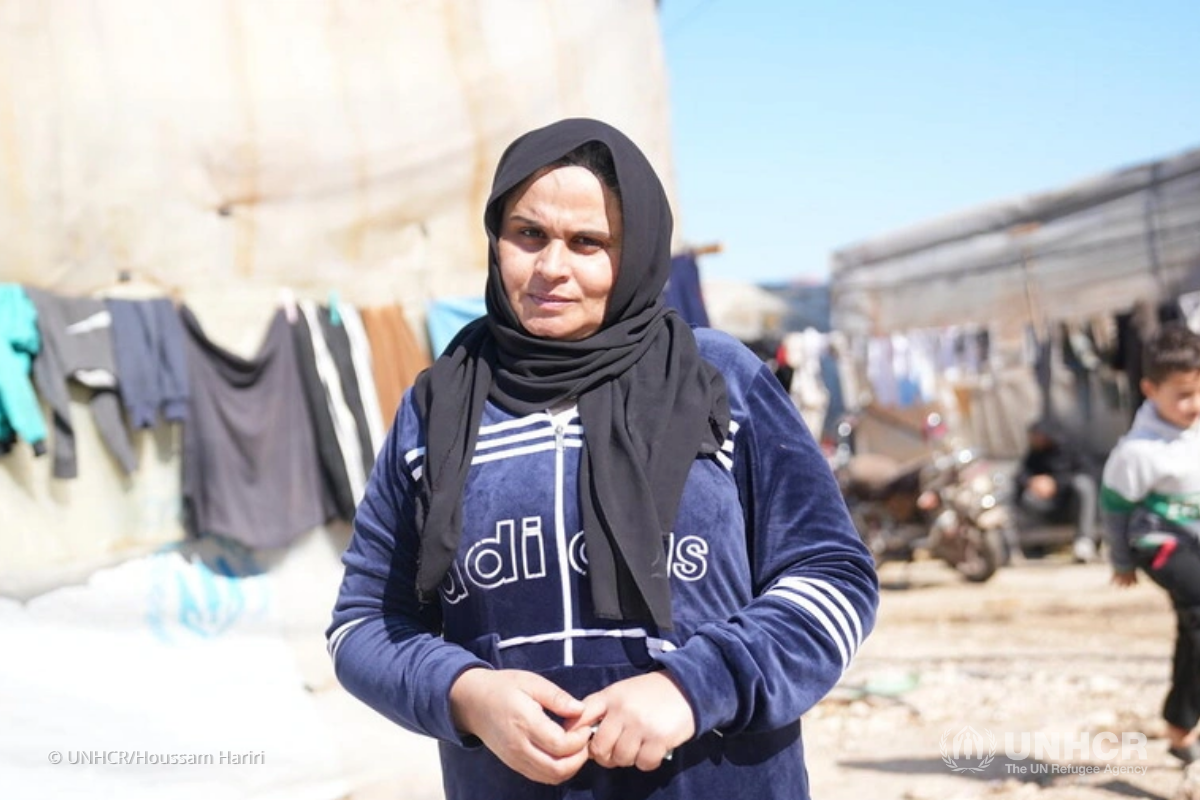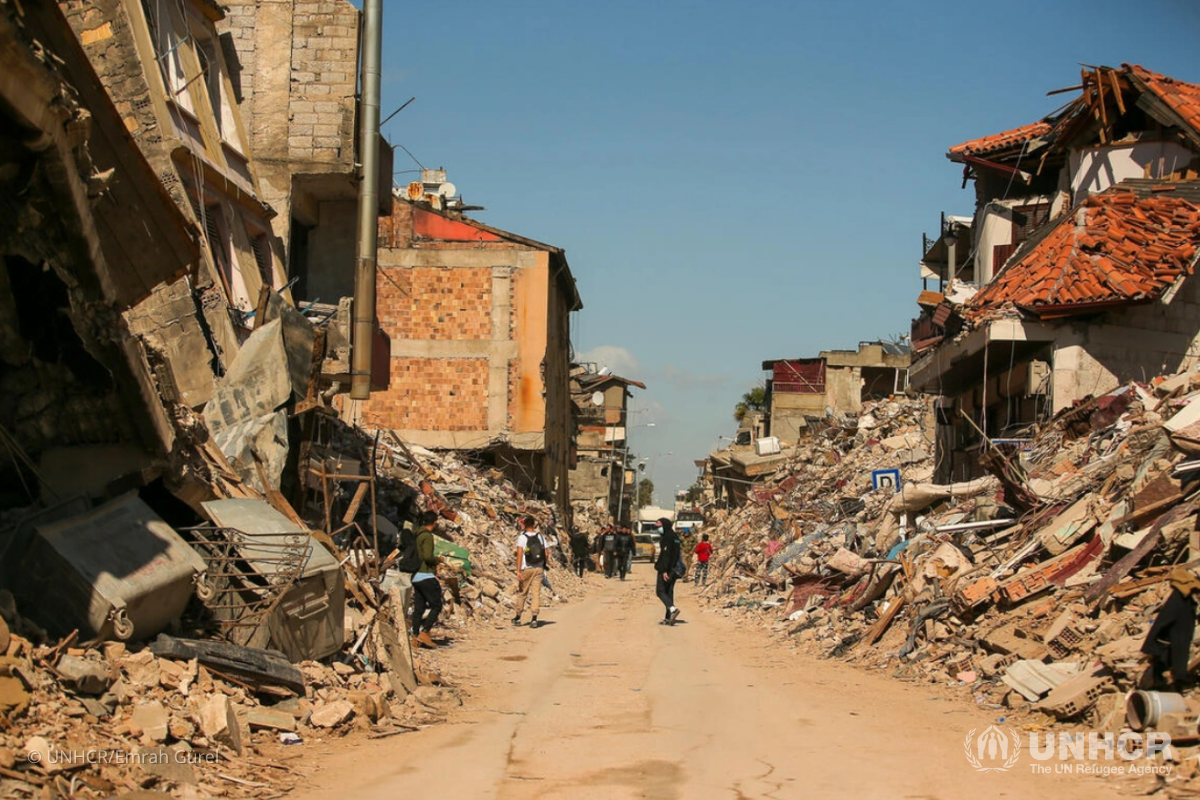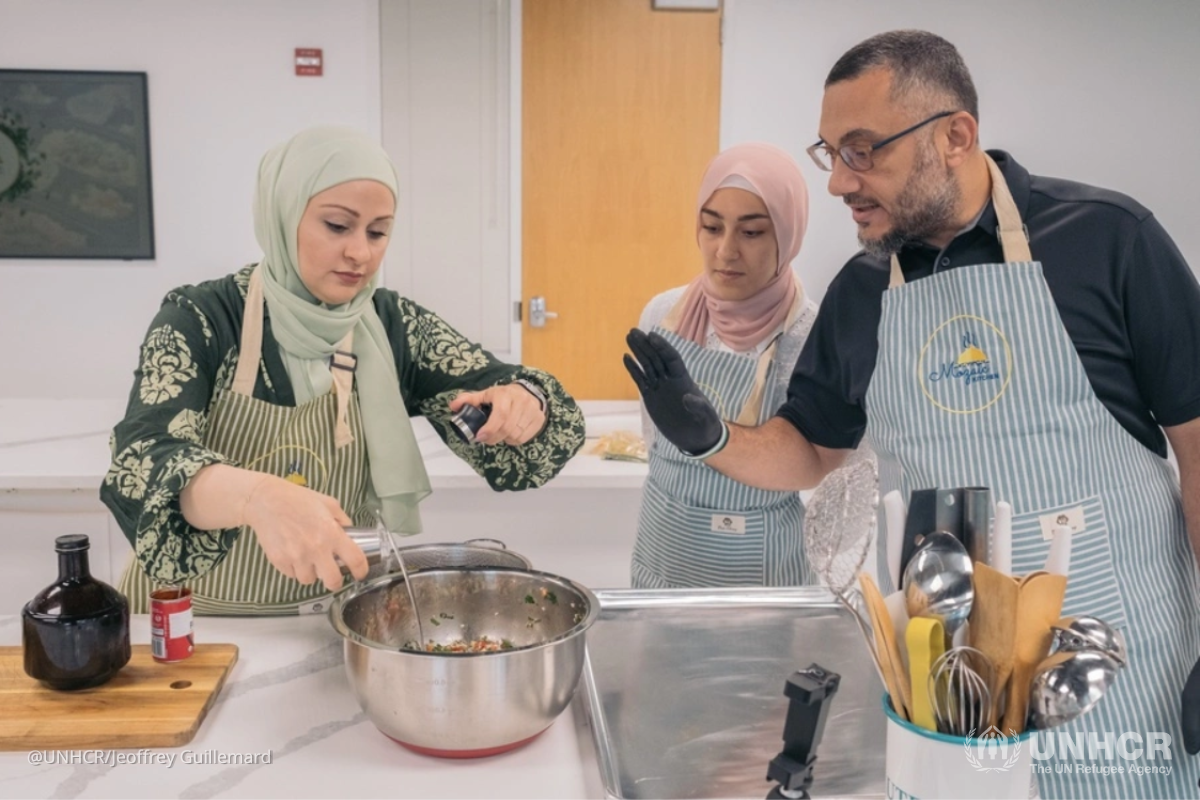VIDEO
Albeit a silent one, Syria remains the world’s largest refugee crisis of our time.
UNHCR is on the ground aiding Syrian refugees, but resources are stretched too thin. Your gift will offer hope for a safe future.
The UN Refugee Agency has been on the ground since the start of the crisis providing shelter, lifesaving supplies, clean water, hot meals and medical care to families who have been forced to flee their homes. During winter, UNHCR also supports vulnerable families with vital winter relief items - such as warm clothes, sleeping bags, thermal blankets, stoves, fuel for heating and insulation for tents - as well as cash assistance to help Syrian refugees pay rent and purchase food and medicine.
UNHCR and humanitarian partners are responding to the Türkiye-Syria Earthquakes by stepping up their assistance in the two countries. In Syria, UNHCR has delivered protection assistance, including psychosocial support, to more than 311,000 people affected by the earthquakes. UNHCR is also providing shelter support, cash assistance and other aid to those affected. In Türkiye, UNHCR has provided over 3 million relief items including tents, containers, hygiene kits, bedding and warm clothing for refugees and local residents in temporary accommodation centers. UNCHR is also supporting protection activities for more than 500,000 people – including legal counseling, identification and referral of people with specific needs, psychosocial support and cash assistance.
Syrian refugee mother and her son inside their shelter in Tripoli, Lebanon.
More Facts About the Syrian Refugee Crisis
Syrian refugees face waning support and hope after 13 years
Zuhur is among more than 5 million Syrians still living as refugees 13 years into the Syrian crisis, but Lebanon’s economic turmoil and decreased humanitarian support have pushed her and others to the brink.
Learn MoreSyria Refugee Crisis Explained
After a decade of conflict, Syria remains the world’s largest refugee crisis. More than 5 million Syrians have fled their country and another 7.2 million have been internally displaced.
Learn MoreA year after Türkiye-Syria quakes, UNHCR warns of rising humanitarian needs
A year after the devastating earthquakes that struck Türkiye and Syria in February 2023, the plight of millions of displaced people and their hosts has deteriorated, UNHCR, the UN Refugee Agency, warned today.
Learn MoreCulinary training offers refugees in the Washington, D.C. area a recipe for hope
Through culinary skills, community support and a shared commitment to hard work, refugees in the Washington, D.C. area are transforming challenges into opportunities and rebuilding their lives in the United States.
Learn More


